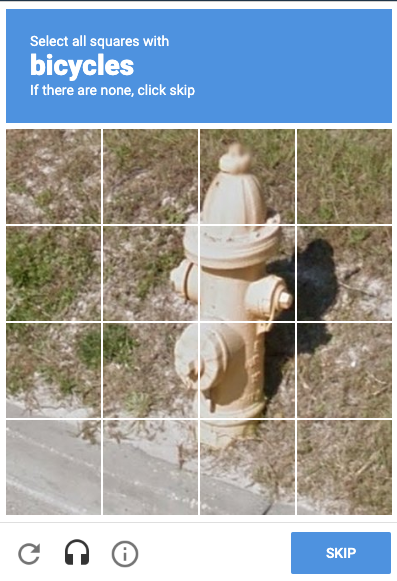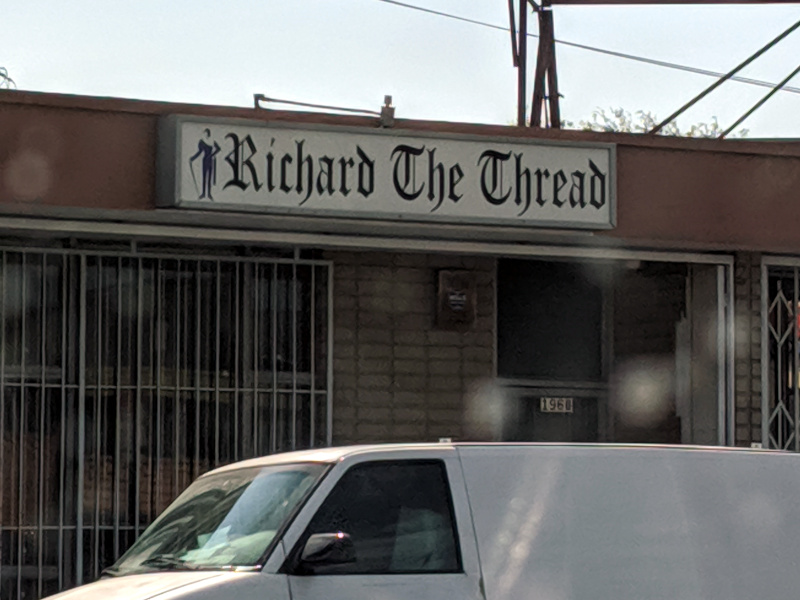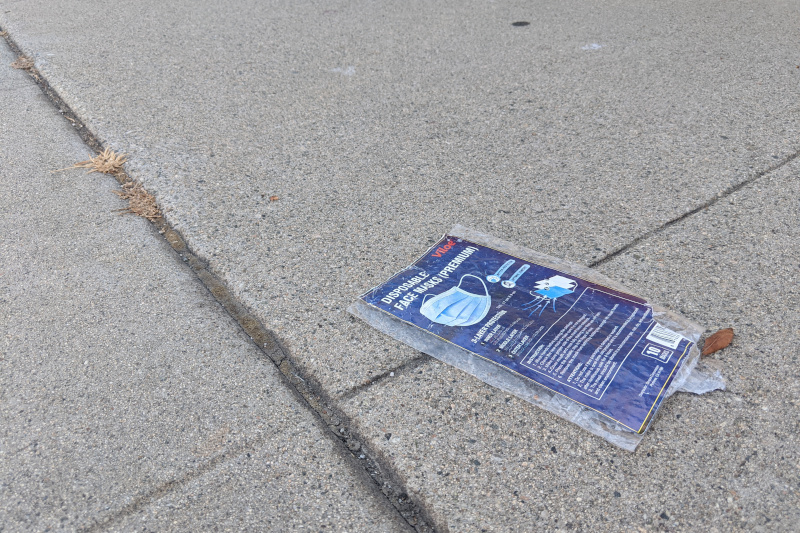I went into the bank for quarters the other day, and they’re back to rationing them, only exchanging one roll at a time. Meanwhile, the landlord is finally looking at switching the laundry room to a card system.
A coin shortage seems oddly specific, and the first time I encountered the limit back in… June? July? (I have no idea how much time passes anymore unless I write something down.) I wondered if people were deliberately hoarding coins. Or maybe just quarters. I mean, yeah, I was trying to pick up two to four rolls at a time to reduce the number of physical trips to the bank (planning around reduced hours, and being around *gasp* people!), but I was using them!
Then I saw an article pointing out that it’s simpler than that: people just aren’t out spending cash much — stores have been closed, people aren’t able to work, there have been various levels of stay-at-home orders — so coins aren’t circulating and aren’t making it back to banks. Some fast food places have been doing things like offering a free bag of chips or a free soda instead of change when people pay cash — because it’s easier to restock chips and soda than coins.
I can’t find the specific article I read at the time, but there have been a whole bunch of others since June. Amusingly, I found Forbes back in July saying, Well, actually, it’s not really a coin shortage, it’s a circulation disruption. And yeah, at a high level, you need different strategies to resolve an actual shortage of something vs. a distribution issue. But down at the “I need clean clothes” level it doesn’t make a lot of difference.
Speaking of clothes, I assume the laundry machine service charges more to rent the debit card systems than the quarter boxes. Every big apartment complex I’ve lived in used one, but the small building I live in now has been quarter-based since we moved in. But with the prices climbing, and especially with the ongoing pandemic, I’d much rather recharge a debit card at home than physically walk into the bank every week.


